Can I add more breakers to my main panel? (images)
davmp
14 years ago
Featured Answer
Comments (28)
pharkus
14 years agoRelated Professionals
The Crossings General Contractors · DeKalb General Contractors · Great Falls General Contractors · Lakewood Park General Contractors · North New Hyde Park General Contractors · River Edge General Contractors · Shorewood General Contractors · Watertown General Contractors · Greenville Solar Energy Systems · Hawthorne Solar Energy Systems · Rosamond Solar Energy Systems · Algonquin Home Automation & Home Media · Springfield Home Automation & Home Media · Tampa Home Automation & Home Media · Valle Vista Home Automation & Home Mediadavmp
14 years agopharkus
14 years agodavmp
14 years agopharkus
14 years agochristophersprks
14 years agobigbird_1
14 years agopharkus
14 years agobrickeyee
14 years agodavmp
14 years agobigbird_1
14 years agosamneric
14 years agobrickeyee
14 years agodavmp
14 years agobrickeyee
14 years agobigbird_1
14 years agopharkus
14 years agochristophersprks
14 years agochristophersprks
14 years agobigbird_1
14 years agosamneric
14 years agodavmp
14 years agoredstar1970_att_net
12 years agoterribletom
12 years agoRon Natalie
12 years agobrickeyee
12 years agobrickeyee
12 years ago
Related Stories
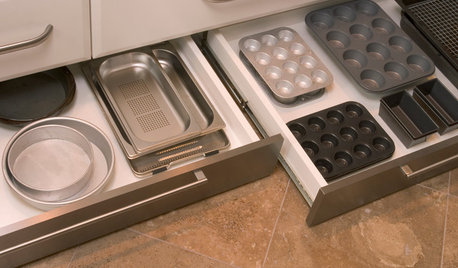
GREAT HOME PROJECTSHow to Add Toe Kick Drawers for More Storage
Great project: Install low-lying drawers in your kitchen or bath to hold step stools, pet bowls, linens and more
Full Story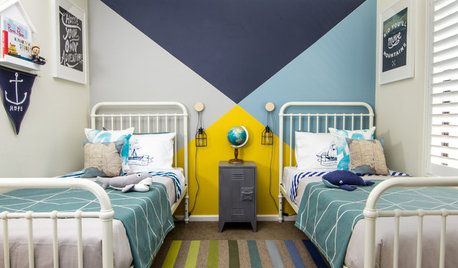
COLORWhy You Should Paint Your Walls More Than One Color
Using multiple colors can define zones, highlight features or just add that special something
Full Story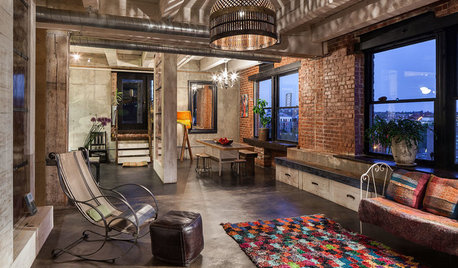
You Said It: ‘The More Dents, the Better’ and More Houzz Quotables
Design advice, inspiration and observations that struck a chord this week
Full Story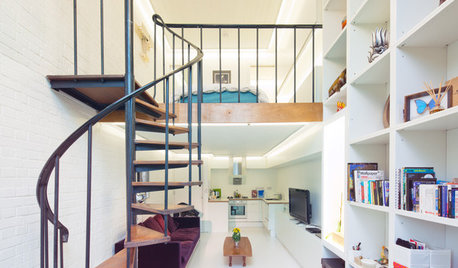
REMODELING GUIDESAsk an Architect: How Can I Carve Out a New Room Without Adding On?
When it comes to creating extra room, a mezzanine or loft level can be your best friend
Full Story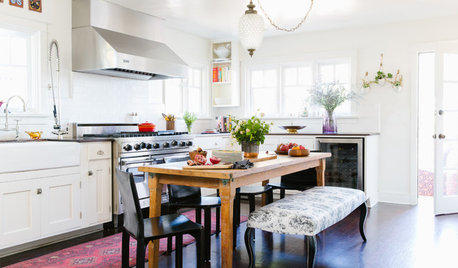
RUSTIC STYLEThese Rustic Accents Can Really Make Your House Feel Like Home
Add warmth and personality with woven baskets, wood ladders, quilts and more
Full Story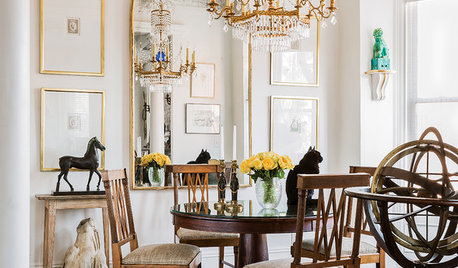
10 Ways Symmetry Can Rescue Your Room
Balancing elements of your decor can add drama, unify a collection or downplay a TV screen. Here’s how to do it
Full Story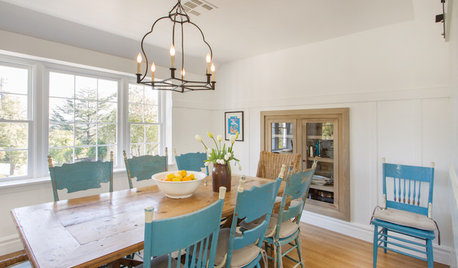
DINING ROOMS12 Touches to Add Farmhouse Style to Your Dining Room
A farm table, a salvaged-wood wall or a simple barn light can bring casual, homey comfort to any space
Full Story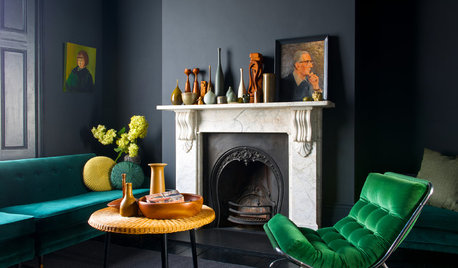
COLORHow to Add Just the Right Amount of Dramatic Black
Done right, black can add punch and personality to just about any room. Here’s how to go over to the dark side in style
Full Story
KITCHEN DESIGNThe Cure for Houzz Envy: Kitchen Touches Anyone Can Do
Take your kitchen up a notch even if it will never reach top-of-the-line, with these cheap and easy decorating ideas
Full Story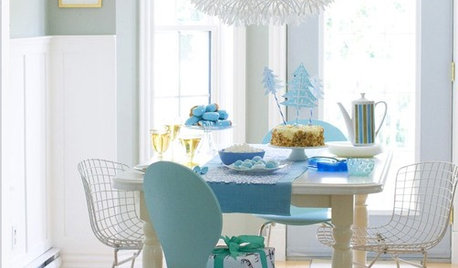
DECORATING GUIDESBeautiful Details: Wainscoting and Paneled Walls
Paneled Walls Add Substance and Style to Both Modern and Traditional Homes
Full Story






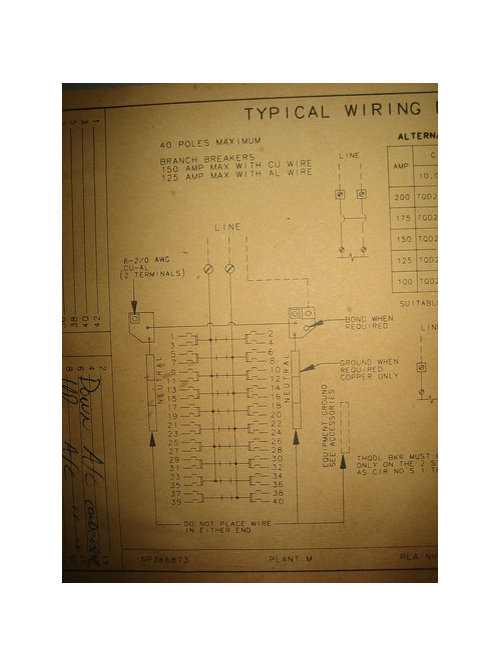
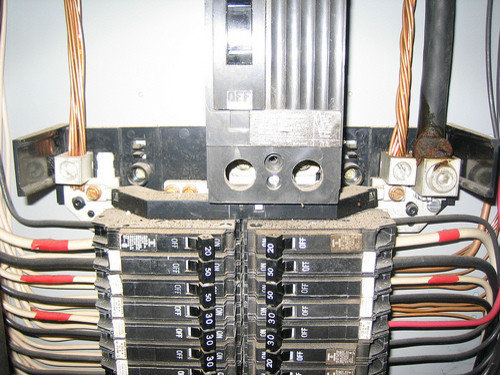

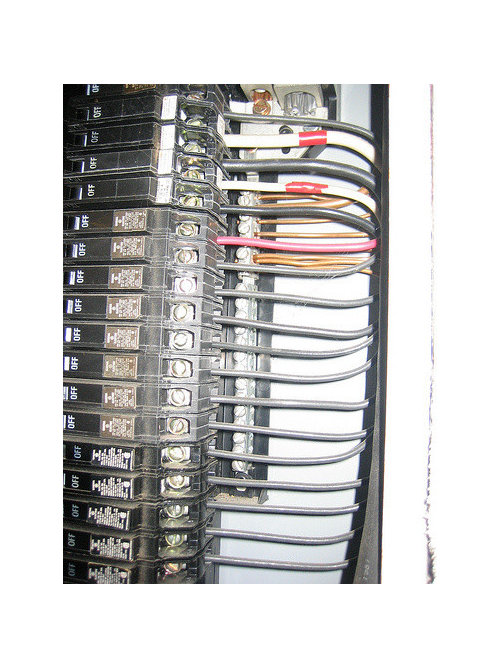



joed